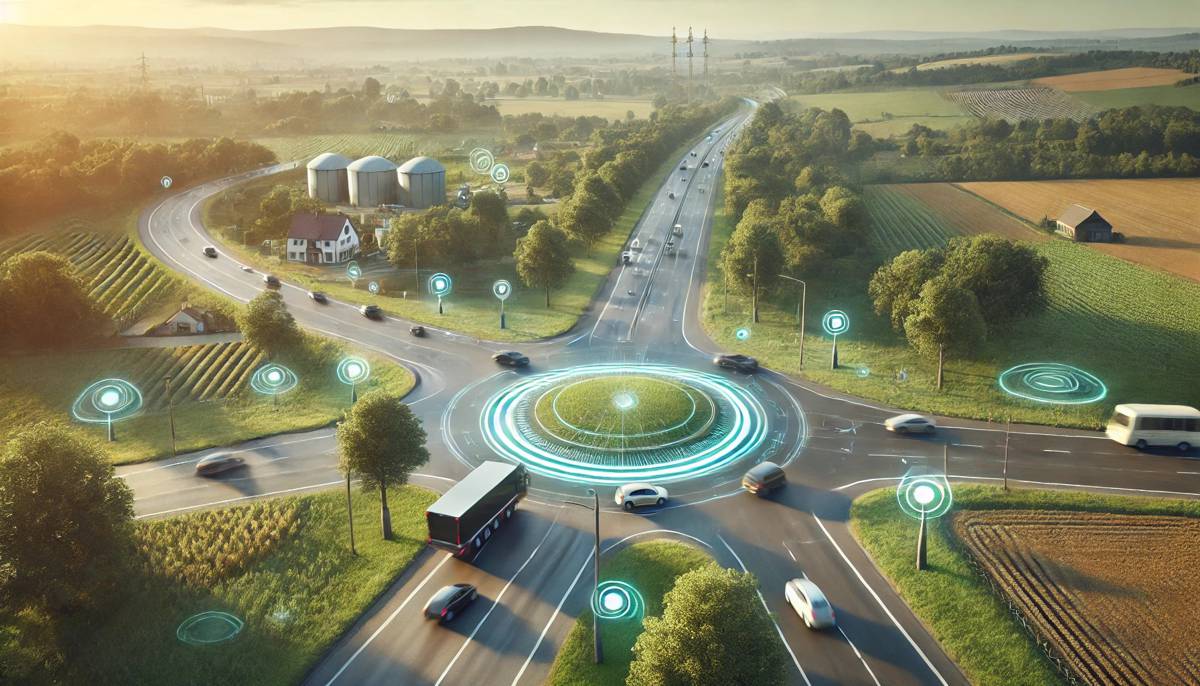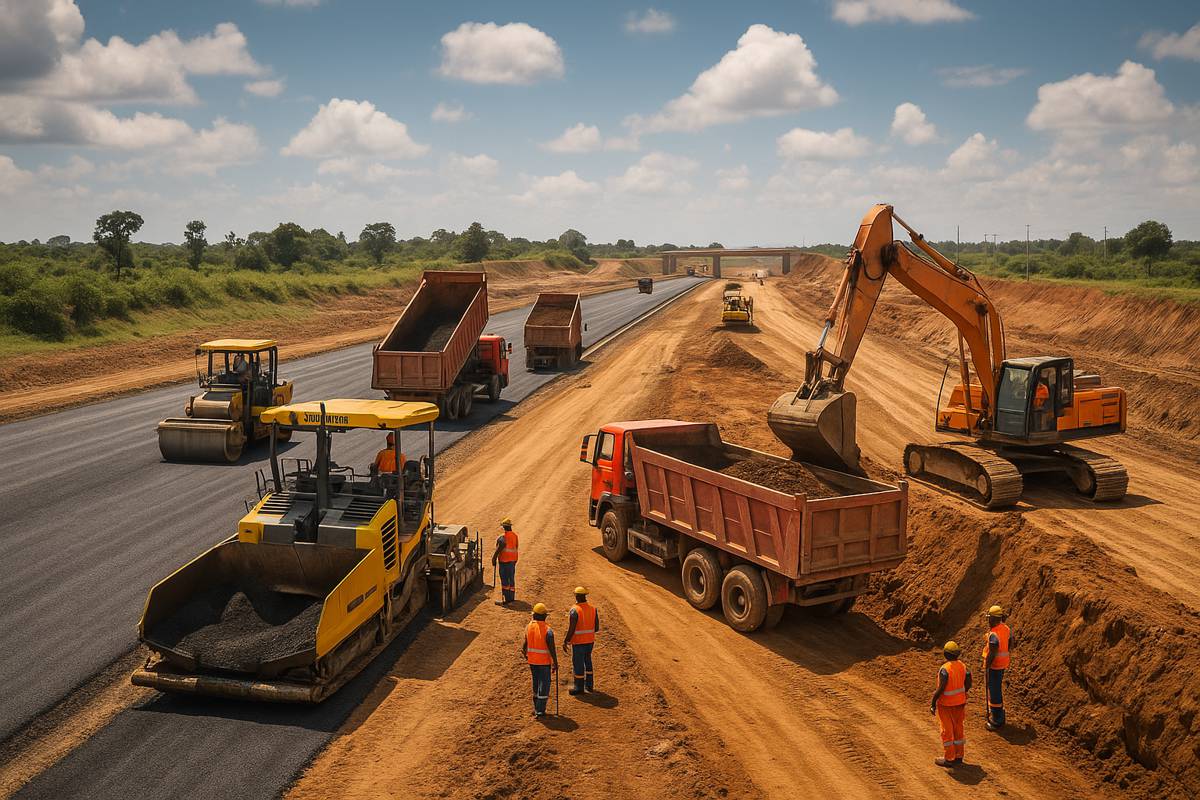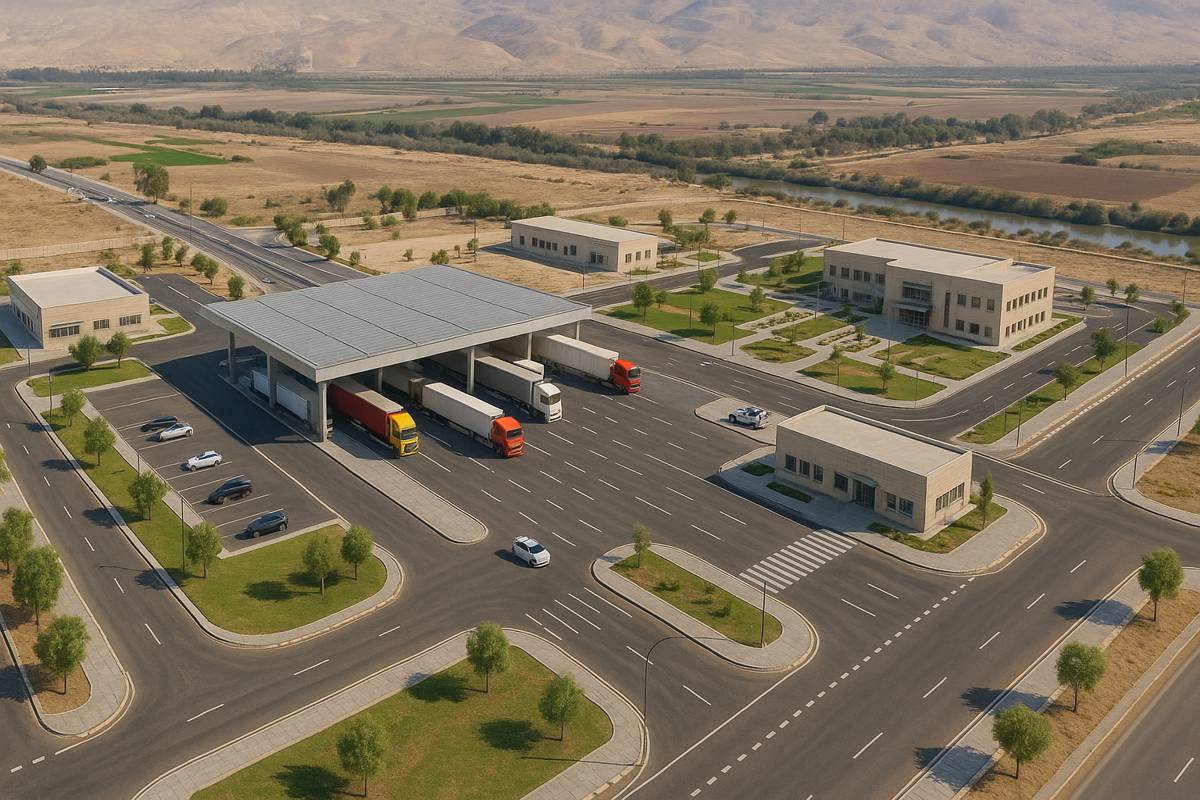The Role of Big Data in Optimizing Smart Highway Systems
The rapid development of smart highways is transforming transportation systems worldwide, introducing a new era of connected infrastructure that integrates cutting-edge technology with traditional road networks. At the heart of this transformation is big data—the massive, complex datasets that are collected, processed, and analysed to optimize the performance of these smart highways.
Big data analytics enables smart highway systems to be more responsive, adaptive, and efficient by turning data from millions of sensors, cameras, and vehicles into actionable insights. In this in-depth article, we will explore how big data is revolutionizing smart highways, the key technologies and players driving this transformation, and what the future holds for the integration of data and infrastructure.
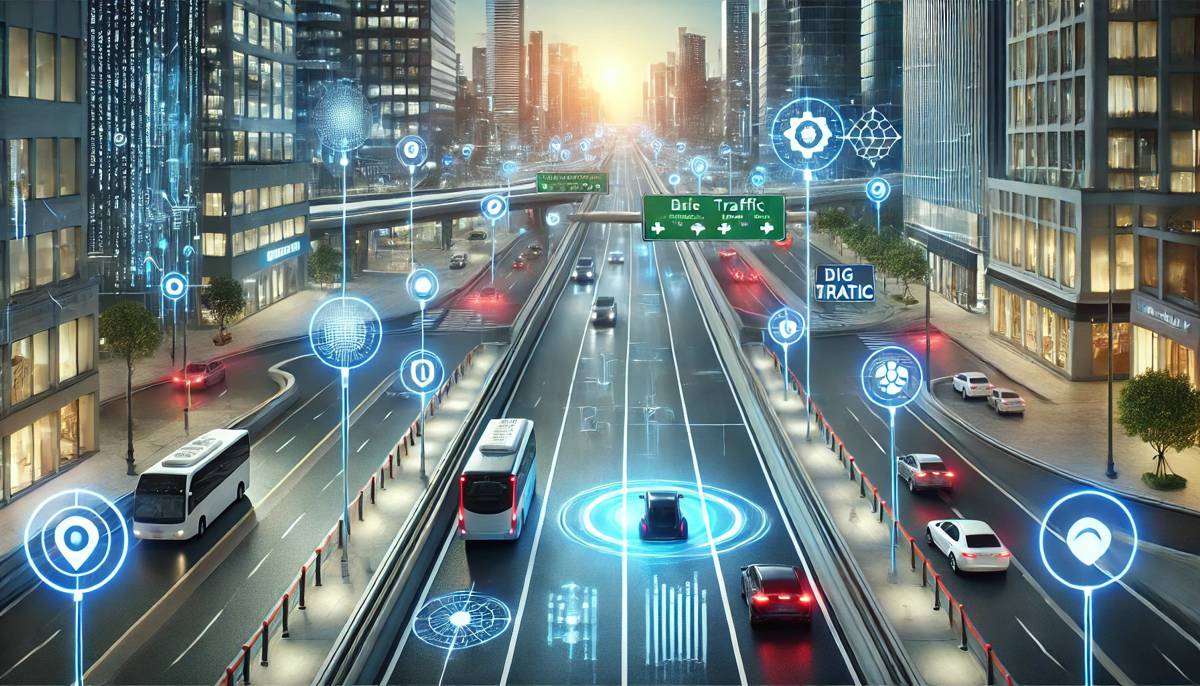
The Infrastructure of Data Collection
To understand how big data is reshaping smart highways, we must first look at how this data is generated. IoT (Internet of Things) devices, sensors, and cameras are the primary sources of data on smart highways, collecting everything from traffic volume and vehicle speed to weather conditions and road surface health.
These devices are the foundation of data-driven highways, allowing for real-time monitoring and management.
1. Traffic and Environmental Sensors
Sensors embedded in roads are used to monitor key metrics such as:
- Vehicle Count and Speed: Inductive loop sensors are placed within the road surface to detect vehicles passing over them. These sensors measure traffic density and speed, providing real-time updates on traffic flow.
- Weather and Road Conditions: Weather stations along highways and environmental sensors monitor road surface conditions, such as temperature, moisture, and ice build-up. These sensors can trigger automated responses, like changing digital road signs to warn drivers of icy conditions.
- Vibration and Strain Sensors: To monitor the structural health of roadways and bridges, strain sensors are embedded within the road surface or attached to infrastructure elements like bridge supports. These sensors detect stress levels and provide early warnings of potential issues like cracks or structural degradation.
2. Cameras and Computer Vision Systems
Cameras are another critical component of smart highways, offering visual data that can be processed by AI algorithms to detect a variety of conditions, such as:
- Traffic Anomalies: AI-powered cameras can detect congestion, accidents, and unusual vehicle behavior (like sudden stops). When such anomalies are detected, the data is immediately relayed to traffic management centers, allowing for prompt responses, such as dispatching emergency services or rerouting traffic.
- License Plate Recognition (LPR): Cameras equipped with LPR technology are used in tolling systems, traffic law enforcement, and for tracking stolen vehicles. By analysing the captured video data, LPR systems can automate toll collection and monitor traffic law compliance.
3. Connected Vehicles as Data Sources
Vehicles themselves are becoming integral to the data collection ecosystem. Connected vehicles equipped with Vehicle-to-Everything (V2X) communication systems share real-time data with road infrastructure, other vehicles, and traffic management systems. These vehicles continuously generate data about their speed, location, fuel levels, and even internal diagnostics, all of which contribute to the smart highway’s data pool.
This continuous feedback loop between connected vehicles and smart highways is essential for enabling advanced traffic management and predictive analytics. By collecting and transmitting data about driving conditions and vehicle performance, connected vehicles help ensure a more efficient and safer driving experience.
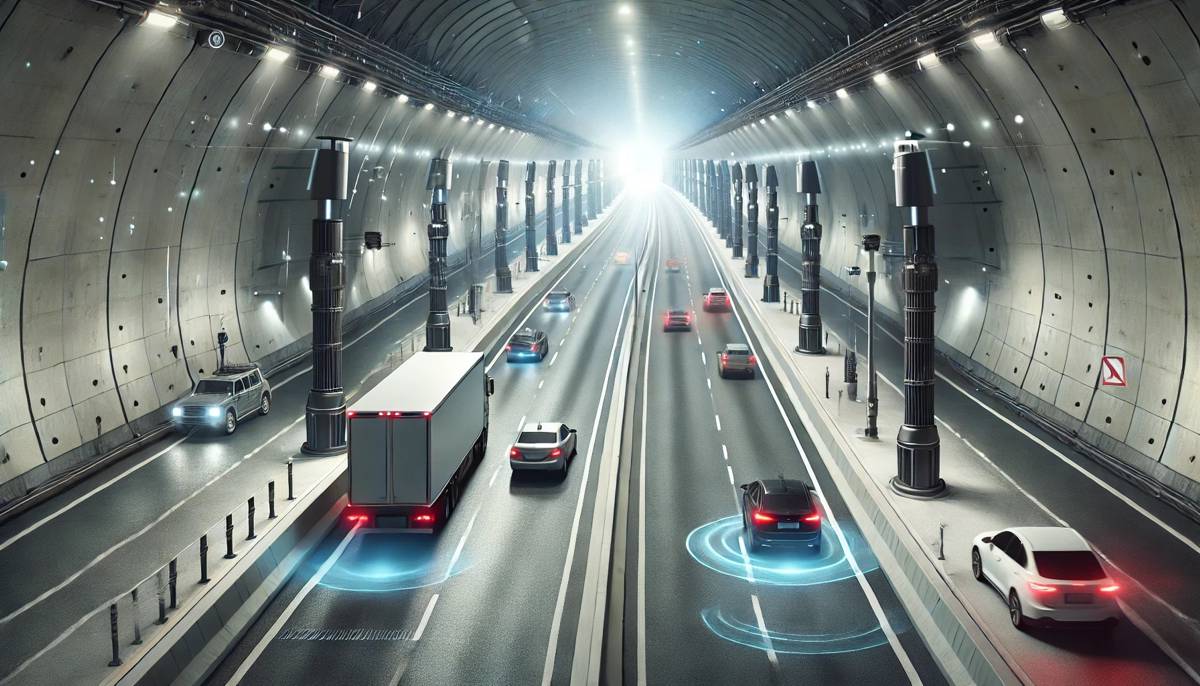
Big Data Analytics and Edge Computing
The raw data generated by sensors, cameras, and vehicles must be processed into useful insights, and that’s where big data analytics comes into play. Big data in smart highways involves processing vast amounts of unstructured and structured data in real-time or near-real-time. This is crucial because traffic conditions, weather, and road health can change rapidly, requiring instant action.
1. Data Ingestion and Storage
The first step in big data analytics is the collection and ingestion of data from multiple sources. In a typical smart highway system, data from IoT devices, cameras, and connected vehicles are streamed into centralized databases or cloud-based platforms. Here, systems like Apache Kafka or Amazon Kinesis are used for data ingestion, capable of handling high-throughput, real-time data streams.
After ingestion, the data is stored in data lakes or data warehouses, depending on its structure. Tools like Apache Hadoop or Amazon Redshift provide scalable storage solutions capable of handling the petabytes of data generated daily by smart highway systems.
2. Real-Time Analytics and Edge Computing
A major challenge in managing smart highways is the need for low-latency processing to enable real-time decision-making. For example, traffic lights and digital signs must adapt instantaneously to changes in traffic conditions. To achieve this, edge computing is often deployed in tandem with big data analytics.
Edge computing refers to processing data near its source (e.g., at the sensor level or on local servers) rather than sending it all to a centralized cloud. This reduces latency and allows critical decisions to be made in real-time.
For instance, an edge computing system installed on a bridge might process data from vibration sensors and make immediate adjustments (e.g., closing a lane if a structural issue is detected) without waiting for cloud processing. By using edge analytics alongside big data platforms, smart highways can optimize performance and enhance safety without delay.
3. Machine Learning and Predictive Analytics
One of the most powerful applications of big data on smart highways is the use of machine learning (ML) algorithms to analyse patterns and predict future outcomes. By training ML models on historical data, traffic management systems can forecast traffic jams, identify high-risk areas for accidents, and predict road maintenance needs.
- Predicting Congestion: ML models trained on historical traffic data can predict when and where congestion is likely to occur based on factors such as time of day, weather, and previous accidents. This allows traffic management systems to proactively reroute vehicles or adjust signal timings to alleviate congestion before it builds.
- Predictive Maintenance: By analyzing data from strain and vibration sensors, AI models can predict when infrastructure components are likely to fail. This enables preventive maintenance to be performed before major breakdowns occur, reducing downtime and minimizing repair costs.
4. Key Players in Big Data and Analytics for Smart Highways
Several companies are driving innovation in the field of big data and analytics for smart highways:
- IBM: Through its Watson IoT platform, IBM provides an end-to-end solution for managing and analyzing data from connected devices. IBM’s platforms are used for predictive maintenance, traffic optimization, and integrating big data with machine learning for smarter infrastructure.
- Siemens: Siemens’ MindSphere is a cloud-based IoT platform that offers real-time data analysis and predictive maintenance solutions for smart infrastructure. Siemens integrates data from road sensors, vehicles, and other sources into its analytics platform to create optimized traffic flow and road management solutions.
- Intel: Intel is a key player in edge computing and big data processing. With its IoT and autonomous driving initiatives, Intel’s technologies are helping process real-time traffic data at the edge and deliver insights faster. Intel’s Xeon Scalable Processors power many of the servers that handle the data workloads from smart highway infrastructure.
- Cisco: Known for its networking hardware, Cisco is also a leader in IoT solutions and smart city infrastructure. Cisco’s Kinetic for Cities platform provides a comprehensive data management solution that integrates traffic sensors, cameras, and data analytics, enabling real-time monitoring and management of smart highways.
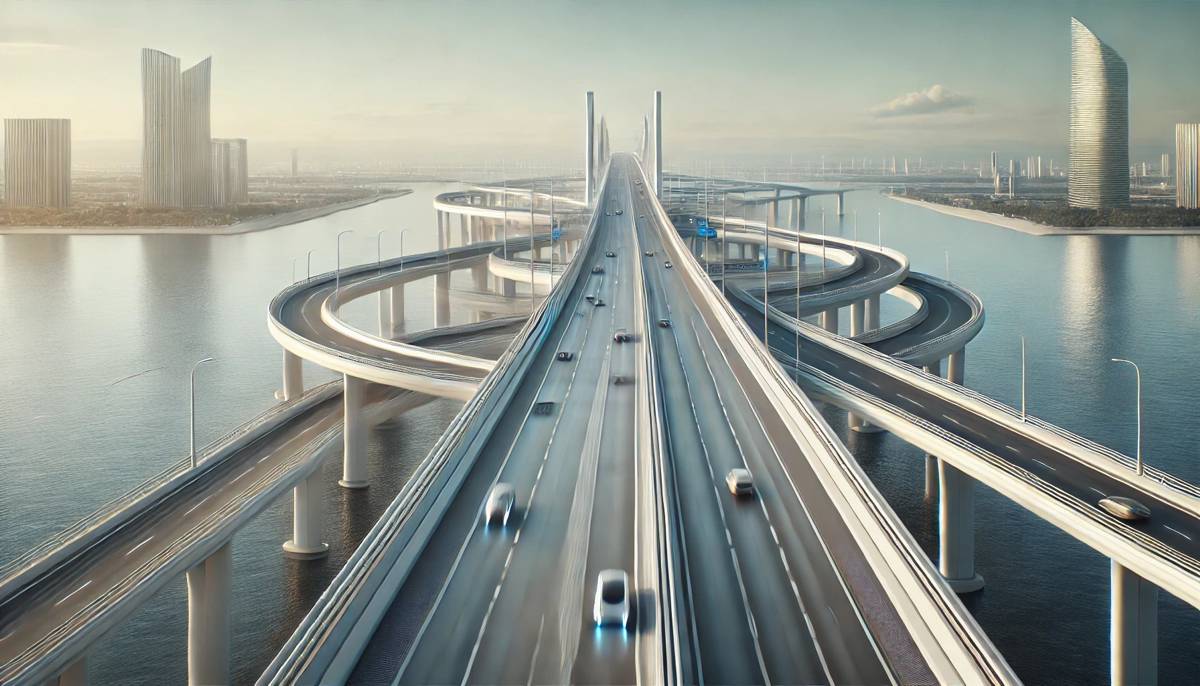
The Role of Big Data in Traffic Management
Traffic management is perhaps the most critical application of big data analytics on smart highways.
By using real-time data collected from sensors, cameras, and connected vehicles, traffic management systems can dynamically adjust traffic signals, reroute vehicles, and prevent bottlenecks before they occur.
1. Adaptive Traffic Signals
Traditional traffic signals operate on fixed schedules, regardless of traffic conditions. Big data allows for adaptive traffic signals that adjust in real-time based on current traffic conditions. For instance, if a sensor detects a heavy flow of traffic approaching an intersection, the adaptive signal can extend the green light duration to accommodate the additional vehicles. This reduces wait times, prevents congestion, and improves fuel efficiency by minimizing stop-and-go driving.
Adaptive traffic signals are especially useful in high-traffic urban areas or near highway entry and exit ramps, where fluctuating traffic volumes can cause significant delays. By analysing real-time traffic data, these systems ensure smoother flow and fewer backups.
2. Dynamic Lane and Speed Management
Another key application of big data is dynamic lane management, where certain lanes on highways can be opened or closed depending on real-time traffic conditions. For example, during rush hour, additional lanes can be opened to ease congestion, while during off-peak hours, lanes may be closed to prioritize safety or maintenance.
Similarly, dynamic speed limits, displayed on digital road signs, can be adjusted based on current traffic flow, weather, or road conditions. Data collected from IoT sensors and vehicles helps traffic management systems determine the optimal speed limits in real-time, improving safety and reducing the risk of accidents.
3. Rerouting and Congestion Prevention
By analysing patterns in traffic flow, big data analytics can identify where and when congestion is likely to occur. When the system detects a potential bottleneck, it can automatically reroute traffic through alternate paths using dynamic signage, vehicle navigation systems, or direct communication with connected vehicles.
For example, in the event of an accident or road closure, rerouting algorithms can divert vehicles to less congested routes. These systems are highly reliant on real-time data from traffic cameras, road sensors, and vehicle telemetry, which is continuously analysed to provide the most efficient route at any given moment.

The Future of Big Data in Smart Highways
As the infrastructure for smart highways continues to evolve, the role of big data will only expand. Here’s a glimpse of where the future of big data and smart highways is heading:
1. Fully Autonomous Traffic Management
With the increasing adoption of autonomous vehicles, the interaction between vehicles and smart highways will become even more integrated. Big data will facilitate fully autonomous traffic management systems, where vehicles, traffic signals, and road infrastructure are in constant communication.
Traffic will be managed without the need for human intervention, and predictive algorithms will ensure optimal flow and safety at all times.
2. Predictive Urban Planning
Big data will also play a critical role in predictive urban planning. By analysing traffic patterns, population growth, and infrastructure needs, city planners can use big data to design smarter, more efficient transportation networks that meet the needs of future generations.
Predictive models will allow for more accurate forecasting of where roads, bridges, and public transportation hubs should be built to accommodate growing urban populations.
3. AI-Driven Road Health Monitoring
As predictive maintenance systems become more advanced, AI-driven monitoring systems will enable fully automated infrastructure health checks.
By continuously analysing data from strain sensors and cameras, these systems will predict wear and tear and schedule repairs long before infrastructure failure occurs, extending the lifespan of roads and bridges.
4. Enhanced V2X Communication
The future of smart highways will see greater integration between vehicles and infrastructure through 5G-powered V2X communication. This will allow for ultra-low-latency communication between vehicles and roads, improving real-time data exchange.
Autonomous vehicles will receive real-time updates from the road network about upcoming hazards, speed limits, and traffic patterns, enhancing safety and efficiency.

Big Data as the Driving Force of Smarter Highways
Big data is the backbone of smart highway systems, transforming how we manage traffic, monitor infrastructure, and ensure road safety. From real-time analytics and edge computing to predictive maintenance and autonomous traffic management, the role of big data in smart highways is set to grow exponentially.
As cities continue to expand and transportation systems become more complex, big data will play a critical role in optimizing traffic flow, reducing environmental impact, and improving the overall efficiency of road networks. The future of transportation lies in the integration of big data with smart infrastructure, creating a safer, greener, and more connected world.
